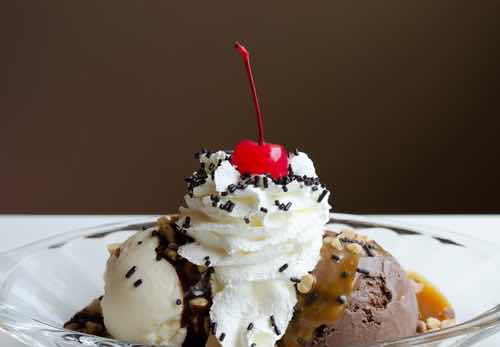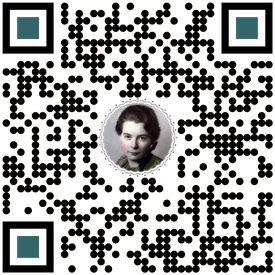- Home
- Ice Creams
- History of Ice Cream Cones
The History of Ice Cream Cones
Did you know that New York City, St. Louis, and London all had their part in the history of ice cream cones? Take a peek below at the surprising facts surrounding the edible pastry cup that Industry has voted an example of an environmentally perfect container.
A Brief History of Ice Cream Cones
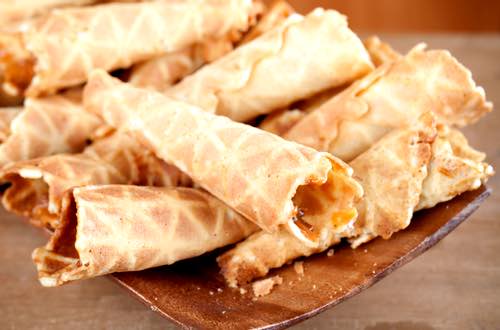 Waffle Cones and Ice Cream Cone History
Waffle Cones and Ice Cream Cone History(Source: ©eugenesergeev/iStock.com)
Ice cream cones have been a beloved dessert for over a century, and their history is as fascinating as it is delicious. From New York City to St. Louis to London, the invention of the ice cream cone has a rich and varied past.
New York City
In New York City, Italo Marchiony, an ice cream vendor on Wall Street in the late nineteenth century, was looking for an easier, more practical way to sell his lemon ice cream to customers. He didn't want the trouble of using the notorious glass penny licks then in common use.
In a stroke of sheer genius, Marchiony baked a crisp, cup-like pastry with sloping sides and a flat bottom to use as a walk-away container. The edible cup was an immediate hit with his customers, and he filed for U.S. patent in September 1903 claiming that he had made edible cups since 1896.
Little did he know that Industry would later vote his edible pastry cup an example of an environmentally perfect container.

Not only did the small, shallow glasses called penny lickers need to be returned and wiped clean, but customers sometimes dropped them or simply walked off with them.
Many people rightly refused them for sanitary reasons, as most ice cream vendors simply gave them a brisk wipe with a well-used rag before dropping a small scoop of ice cream on them for the next customer to lick.
St. Louis, Missouri
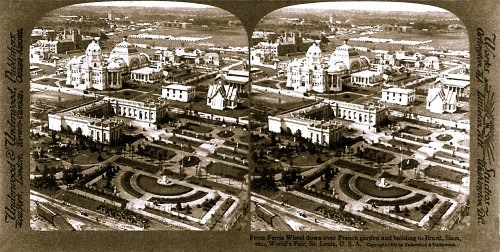 1909 World's Fair, St. Louis, Missouri
1909 World's Fair, St. Louis, Missouri(Source: Library of Congress Prints and Photographs Division Washington, D.C., LC-USZ62-79374)
St. Louis also has its place in the history of ice cream cones thanks to Syrian pastry vendor Ernest A. Hamwi who is credited with creating the first waffle-type ice cream cone at the St. Louis World's Fair in 1909.
Hamwi ingeniously rolled a thin crispy waffle-like Persian pastry called zalabia into a handy cone-shaped holder for scoops of ice cream after nearby ice cream vendor Charles E. Menches ran out of glass penny licks!
After this fair, Hamwi and his financial backers went ahead and successfully opened Cornucopia Waffle Company and later Missouri Cone Company.
Interestingly enough several vendors from the fair claimed ownership of this invention including Abe Doumar, David Avayou, Arnold Fornachow, the Kabbaz brothers, and Charles E. Menches, the man helped by Hamwi!
Despite these rival claims though it seems clear that Hamwi's invention spread quickly worldwide. The proof? The rolled, crispy waffle cone is still immensely popular today!
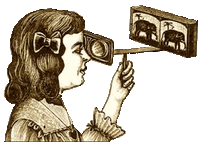
How to View Vintage 3D Photos: The double image is an old time stereoscopic photograph. It can be viewed in 3D by leaning close and staring through the images while slightly crossing the eyes until the two images converge to form one 3D picture in the center. Some people find this method easier to do than others, but it is always fun to try.
London, England
Finally, London has its own place in the history of ice cream cones too — even before America's Marchiony invented flat-bottomed edible cups there was evidence that Britain had an earlier version — Agnus Bertha Marshall (1855–1905) published "Mrs. A. B. Marshall's Book of Cookery" in London, England in 1888 that made a very clear reference to "custard cones" in her recipe called Cornets with Cream.
She wrote four popular cookbooks including two devoted to ice cream making: "Fancy Ices" in 1894 and "The Book of Ices" in 1885, both containing recipes for cornets or "comet casings" made of flour, sugar, eggs, vanilla, ground almonds, and rose water.
It always surprises people to learn that despite the many flavors produced by today's ice cream manufacturers, there are really very few new flavors under the sun! Mrs. Marshall's books featured recipes for exotic ices such as Parisian Cucumber Cream, Brown Bread Soufflé, Gooseberry Sorbet, Monte Carlo Violet Ice, and Battenberg Ice.
She also patented an ice cream freezer with a unique design. It was wider and shallower than the American Johnson-type freezer, and it was thought to produce a better churned and creamier ice cream.
Mrs. Marshall lectured extensively on cookery and became quite well known throughout the United Kingdom. She founded her own successful cooking school called the Mortimer Street School of Cookery and sold her patented freezer and a variety of decorative ice cream molds that are now valuable collectibles.
Make Your Own Ice Cream Cones
The history of ice cream cones is not only fascinating but also deliciously satisfying. It is an inspiration for those of us wanting to make homemade ice cream cones using an old fashioned ice cream cone recipe from Grandma's collection.
The crispy wafer cones offer the perfect way to serve homemade ice creams. So take a cue from history and make your own homemade ice cream cones today! Who knows? You could be the one making ice cream cone history in your very own kitchen!
Join Grandma's Dessert Club Today and…
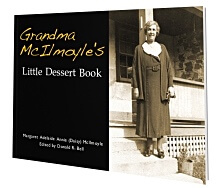
Download your FREE COPY of Grandma McIlmoyle's Little Dessert Book. Also receive regular club Bulletins with delicious recipes straight to your inbox, and more.
My special Gift to you!
"Love your Grandma's Dessert Club Bulletins! I look forward to each issue." —Sharon, USA







